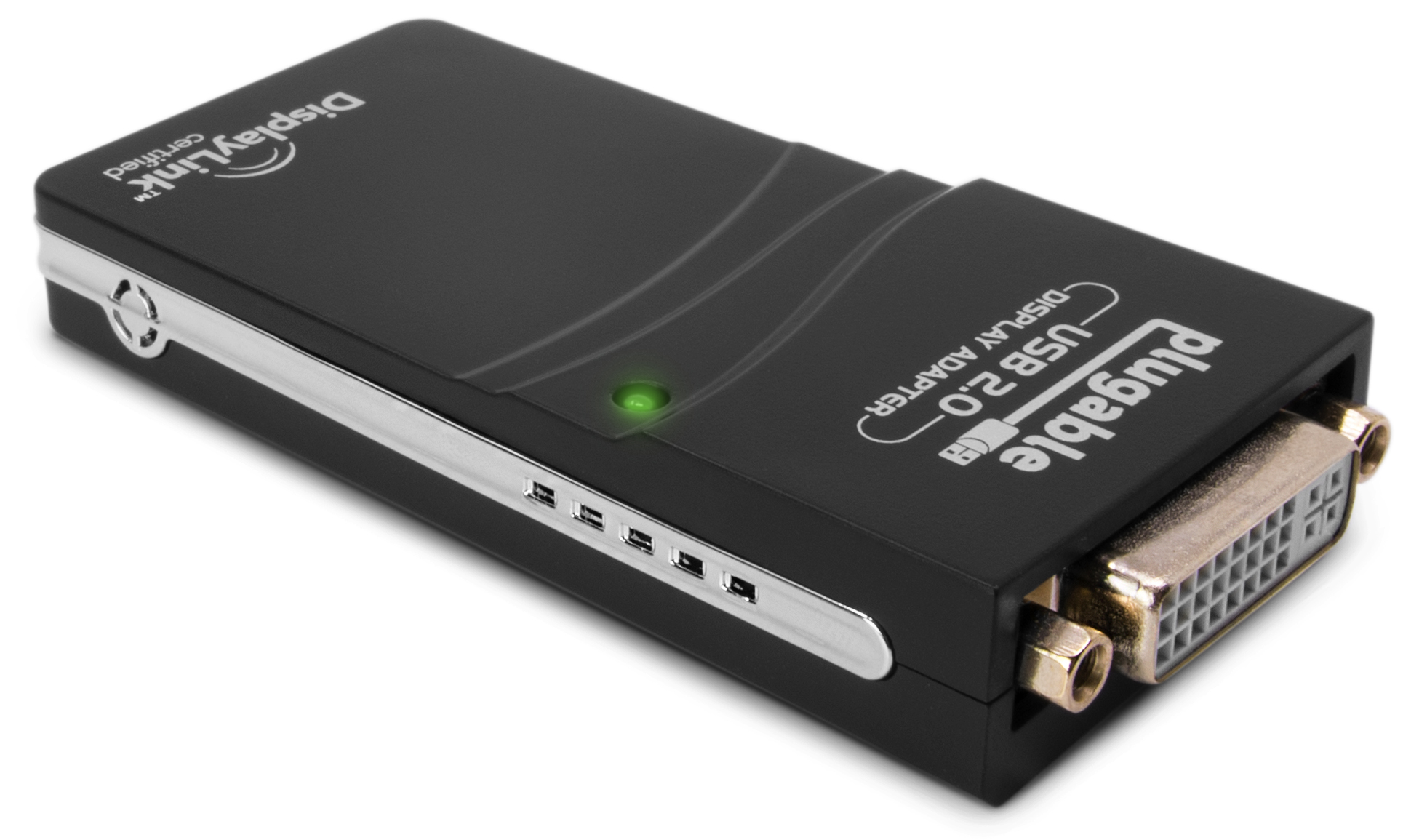

Next is the Power Connector for the power cables. Starting from the left, the first slot is the Security Lock, used to lock your monitor in place. Next, let’s go over the components at the bottom of the monitor. At the bottom left, you’ll find the power button and the joystick which you can use to control the OSD menu. You can use the holes in this area for wall mounting if you want. The panel where the stand is attached to the monitor is the VESA area. The hole on the back is the cable management slot. Referring to the manual will be very helpful for identifying the exact parts on your monitor in real time. As the stand is attached, you can place one hand on the riser and one on the monitor to safely lift the monitor up.īefore connecting all the cables, it’s good to have some idea of what the ports, cables, and other parts on the monitor are for.Line up the connectors on the top of the stand to the slots at the back of the monitor.Now that the stand is assembled, lift up the covers from the back of the monitor.Turn it clockwise by hand until it’s tight, then fold it back in place. There’s a thumb screw on the bottom side of the base.Line up the riser to the connectors on the base and join them together.Grab the Stand Base and the Stand Riser (Monitor Arm).Setup and Connect Monitor StandĪssembling the stand and connecting it to the monitor is a very straightforward process on Dell Monitors. This includes the manual as well, as it’ll be handy for reference when assembling the components. When you unbox the monitor, make sure to store the accessories safely. How to Troubleshoot Dell Monitor Issues?.How to Setup Dell Monitors with a Docking Station?.


 0 kommentar(er)
0 kommentar(er)
